Thank you Libby's for sponsoring this post.
Today we're preparing one of life's classic comfort foods - pierogi, which are always a favorite in my home during the holiday season. We'll be preparing ours 'classic style,' with a mashed potato and sauerkraut stuffing, along with sausage, cheddar cheese, peas, and garlic, and then serving them with a topping of sour cream, bacon, and chives.
I love pierogi since they're fun to make, easy to get creative with, and are beloved by palates of all ages. Basically, they're one delight the entire family can enjoy, and there's no limit to what you can do with them.
Now, without further introduction, let's dive right in, because we've got a lot to cover.
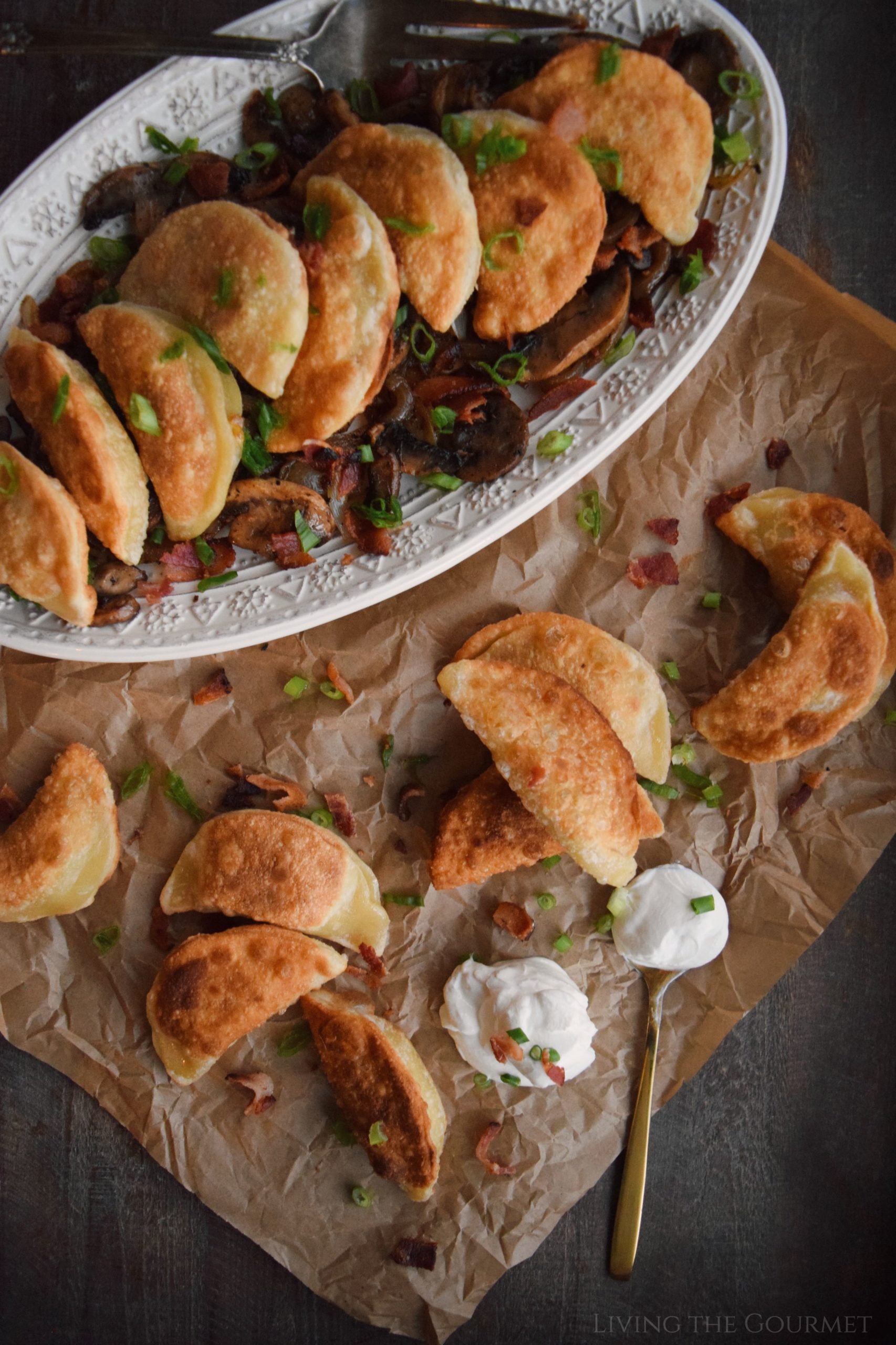
What Are Pierogi?
Pierogi are dumplings made using an unleavened dough. These dumplings are then boiled before being either pan-fried or deep fried. Deep frying pierogi is more common in the USA than in Eastern Europe.
These dumplings typically feature a sauerkraut and potato-based filling, along with some combination of pork, beef, mushrooms, various cheeses, and onions. The onions can be fresh, fried, or caramelized.
With all of that said, however, there really is no 'rule' as to what these dumplings are stuffed with, since sweet fillings, such as blueberries and cherries, aren't uncommon.
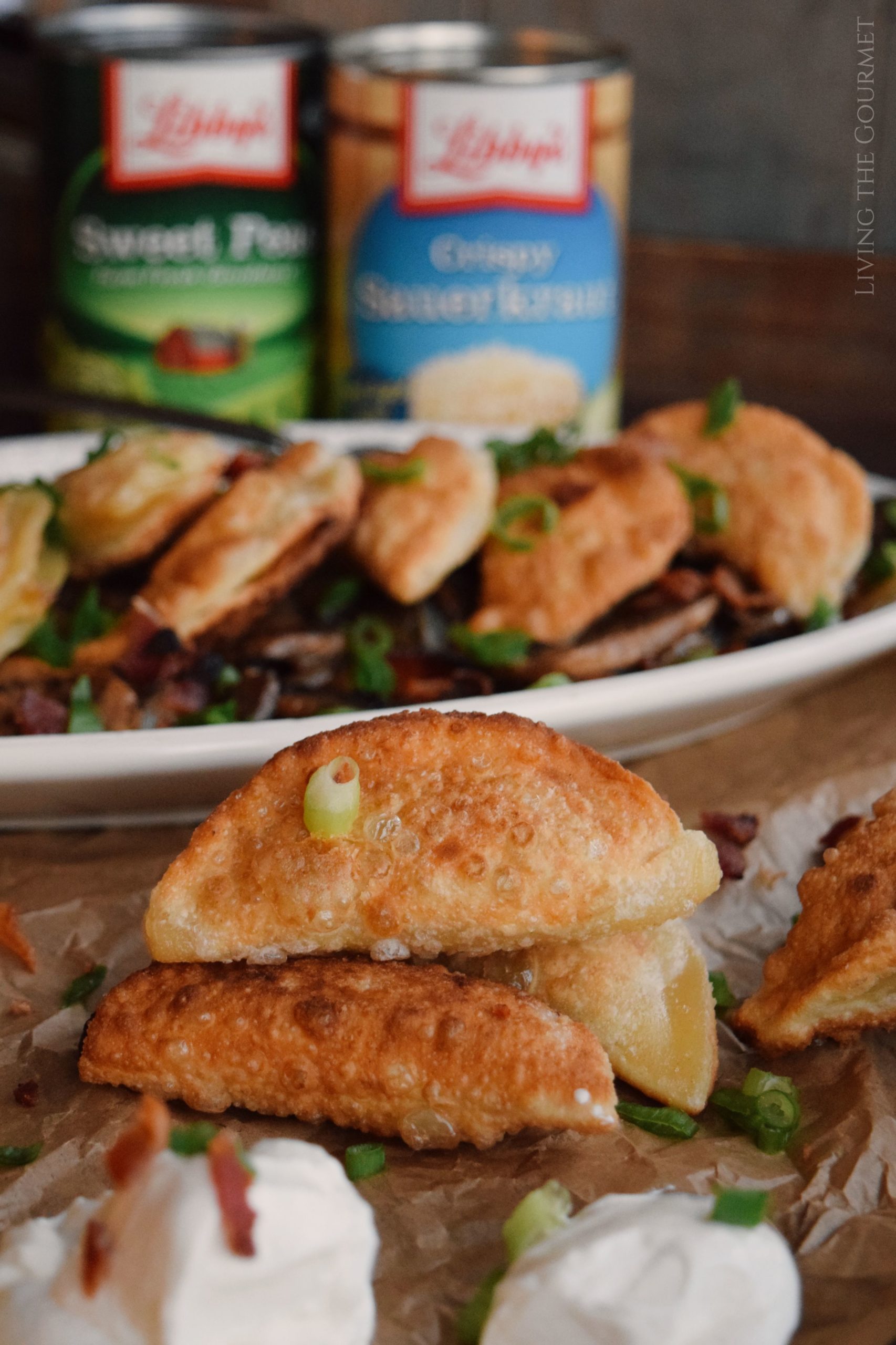
Building Your Pierogi - Tips and Notes
- The Dough. Pierogis typically feature a half moon or crescent moon shape, and are prepared with a basic unleavened dough. The dough is fairly simple, consisting of flour, eggs, salt, water, and usually - but not always - sour cream. The dough should create a dumpling that's flaky and crisp on the outside, and tender on the inside.
- The Cooking Process. While pierogi 'can' be served immediately after boiling, this typically is only done when they are being served in a soup, stew, or under a heavy sauce. Even then, most pierogi are pan-fried after boiling to give the outside of the dumpling a crisp texture. Pierogis 'are' sometimes deep fried, but this is most popular in the United States, and is only rarely done in Eastern Europe.
- No 'Right' Way. The truth is, there's really no 'right' way to make a pierogi. Some people make them pan-fried, deep fried, or not fried at all. Some prefer savory fillings that include cheese, potatoes, sauerkraut, and onions. Others prefer sweet fillings that include baked blueberries, cherries, or even raspberries, or even savory fruit filling. Some serve them topped with sour cream, chives, and bacon, or topped with warmed cherry syrupy. Some serve them shaped in half-moons or made in the shape of oversized gnocchi. Some serve in then soup, stew, or under a heavy red sauce, or a heavy white sauce. Still others prefer them served on their own alongside a pint of beer.
- It's All Traditional to Somebody. No matter how you're enjoying your pierogis, they are all considered 'traditional' and 'like grandma used to make' by 'someone.' In short, today's pierogi recipe is just one among many, many ways to make these little pan-fried dumplings, so don't be afraid to experiment to your palate's, content - because there really is no 'right' way to do this…although probably are a few 'wrong' ways to do it.
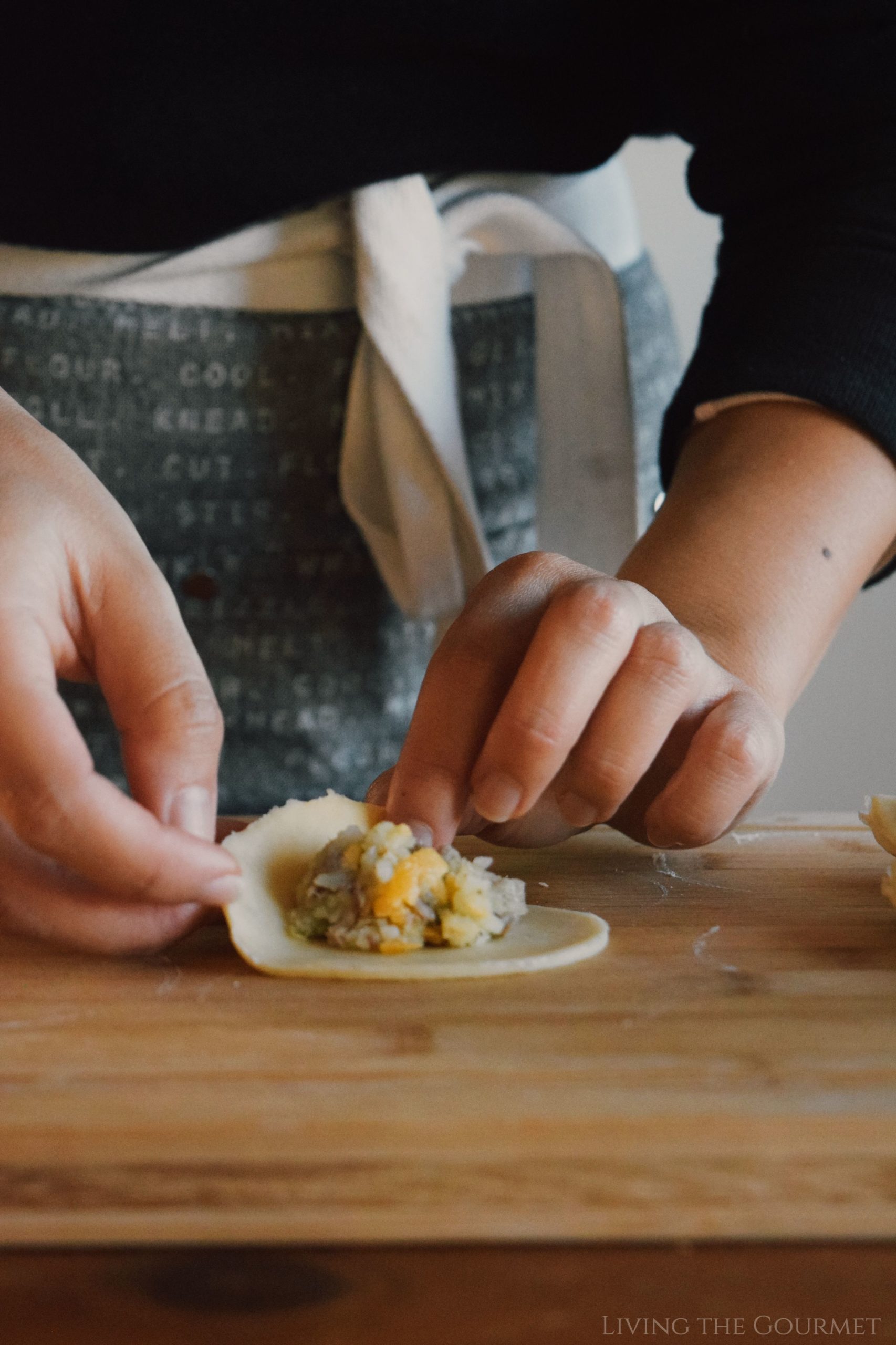
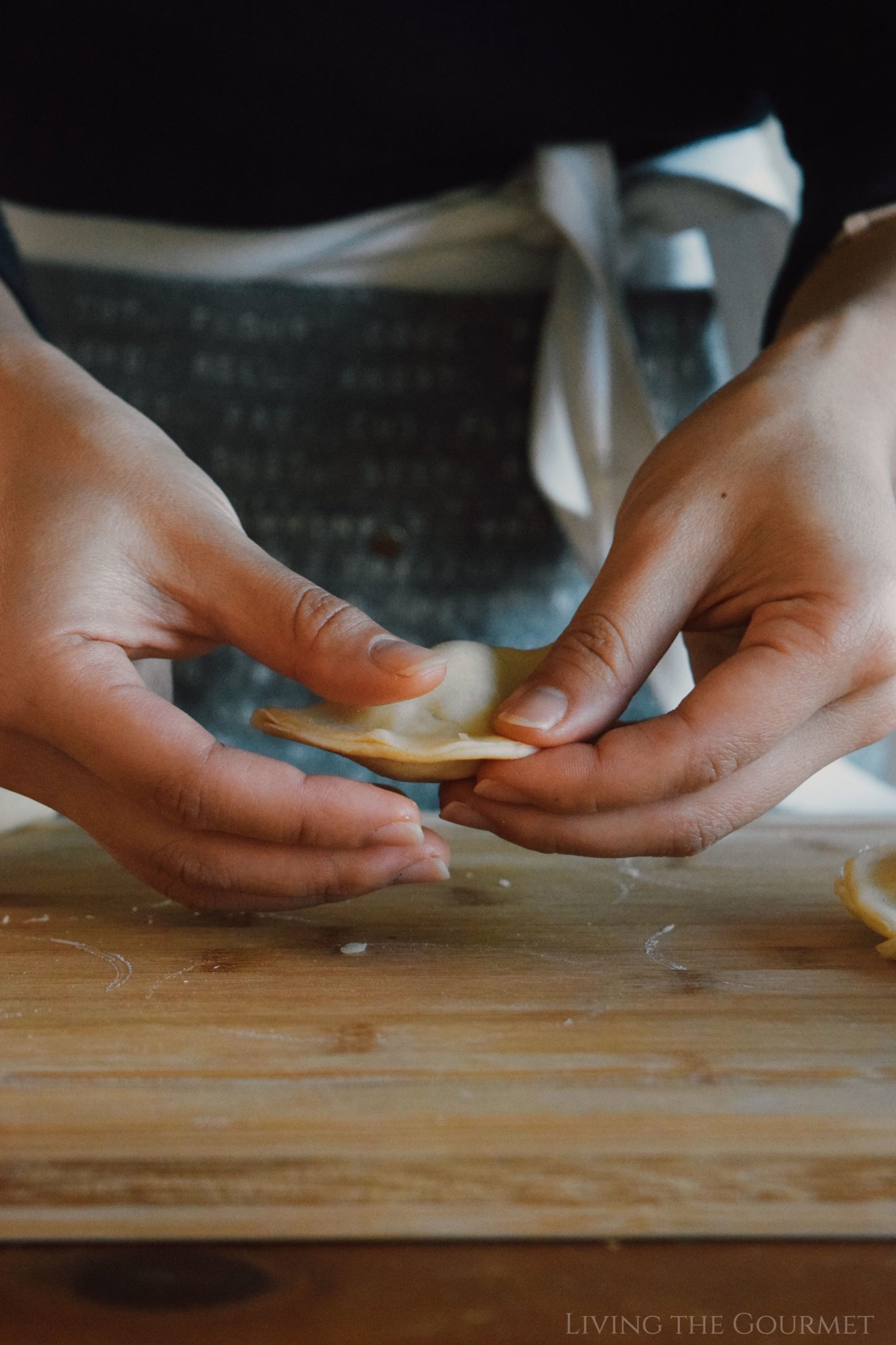
Ingredient Checklist For the Dough
- Flour. All-purpose flour is what you're looking for. Bread Flour will result in a thick, heavy, and likely very 'chewy' dough. Not fun. Meanwhile, Baking Flour will result in a dough that likely won't hold up during boiling, and simply fall apart.
- Salt. Plain table salt is all you need here.
- Sour Cream. This adds fat and flavor to the dough, resulting in a hardier, and tastier, dumpling. You 'can' substitute plain yogurt, but be sure the yogurt is full fat - otherwise the dough will become overly 'wet' and fall apart. Fat is important here as a binding agent.
- Egg. The egg acts to add fat to the dough, binding it.
- Butter. Plain, unsalted butter is all your need.
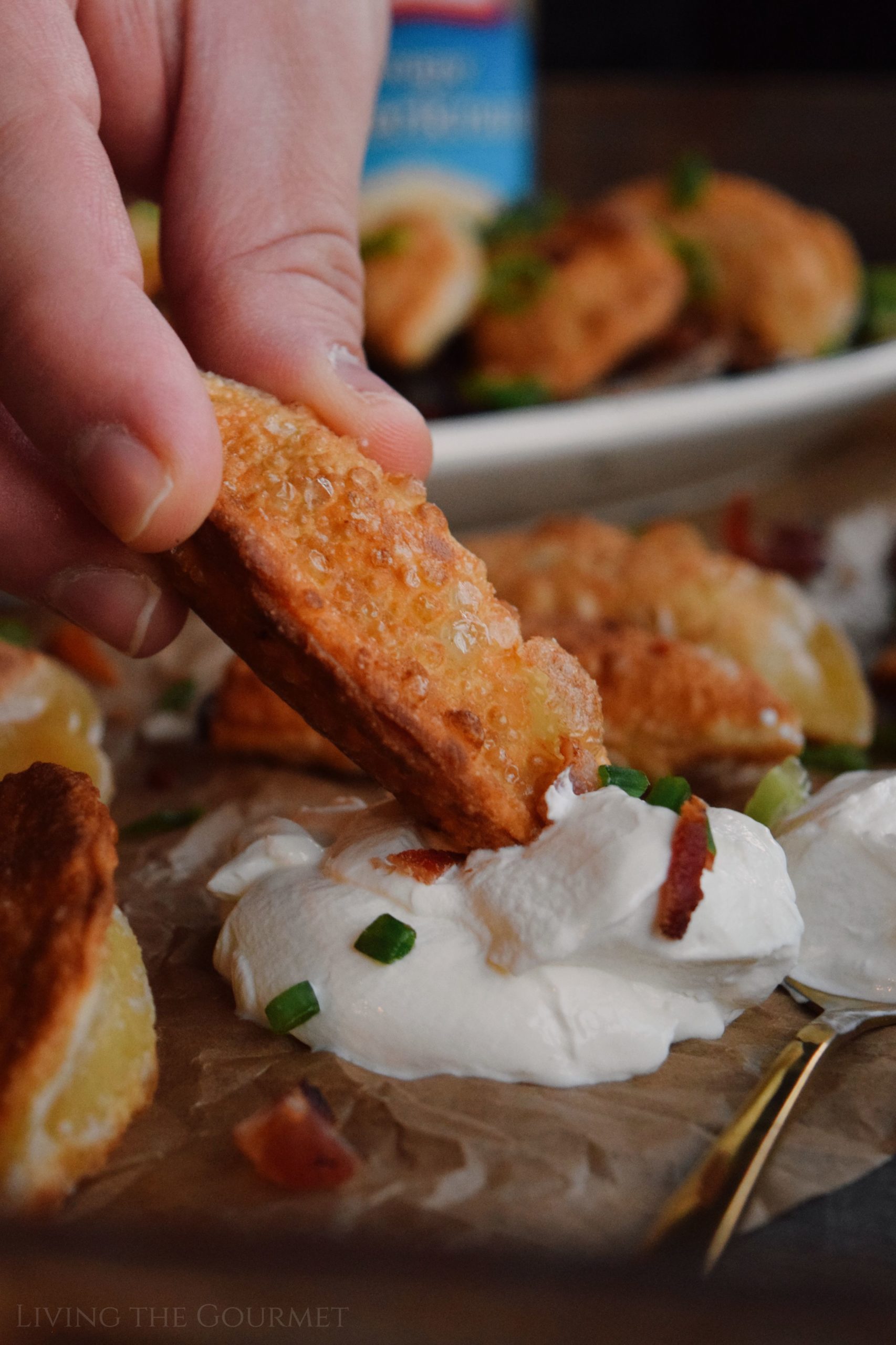
Ingredient Checklist for the Filling
- Potatoes. Since we're essentially filling the dumpling with mashed potatoes, use your preferred mashing potato. Personally, I suggest Russets or Yukon Golds. For mashing you want high starch potatoes. Russets are high starch with a mealy texture, making them ideal for things like baking, mashing, and frying. Meanwhile, Yukon Golds are medium starch potatoes, and are generally considered 'all purpose.' Either potato works fine for today's recipe.
- Sausages. Your preferred sausage for the filling. Feel free to get creative.
- Cheddar Cheese. I find that sharp yellow cheddar works great with the mashed potatoes and sauerkraut. However, here again, get creative.
- Sauerkraut. A staple ingredient for potato stuffed pierogi. For today's recipe we're using Libby's Crispy Sauerkraut, which features a barrel-aged and savory flavor that the entire family can enjoy. Sauerkraut adds an 'acidic savory' flavor to the pierogi, and is among one of the 'core' traditional ingredients in these dumplings.
- Sweet Peas. Adds a bit of color and a nice bit of flavor. We're using Libby's Sweet Peas as part of the filling for today's pierogi, which gives the filling a nice pop of color, while providing the 'sweet' portion of today's pierogi sweet-and-savory flavor. In that regard, Libby's Vegetables provide a simple solution for giving your holiday meals a much-needed veggie boost.
- Black Pepper. Cracked or pre-ground pepper is just fine. However, for added aroma and taste, consider grinding up whole peppercorns in a mortar and pestle.
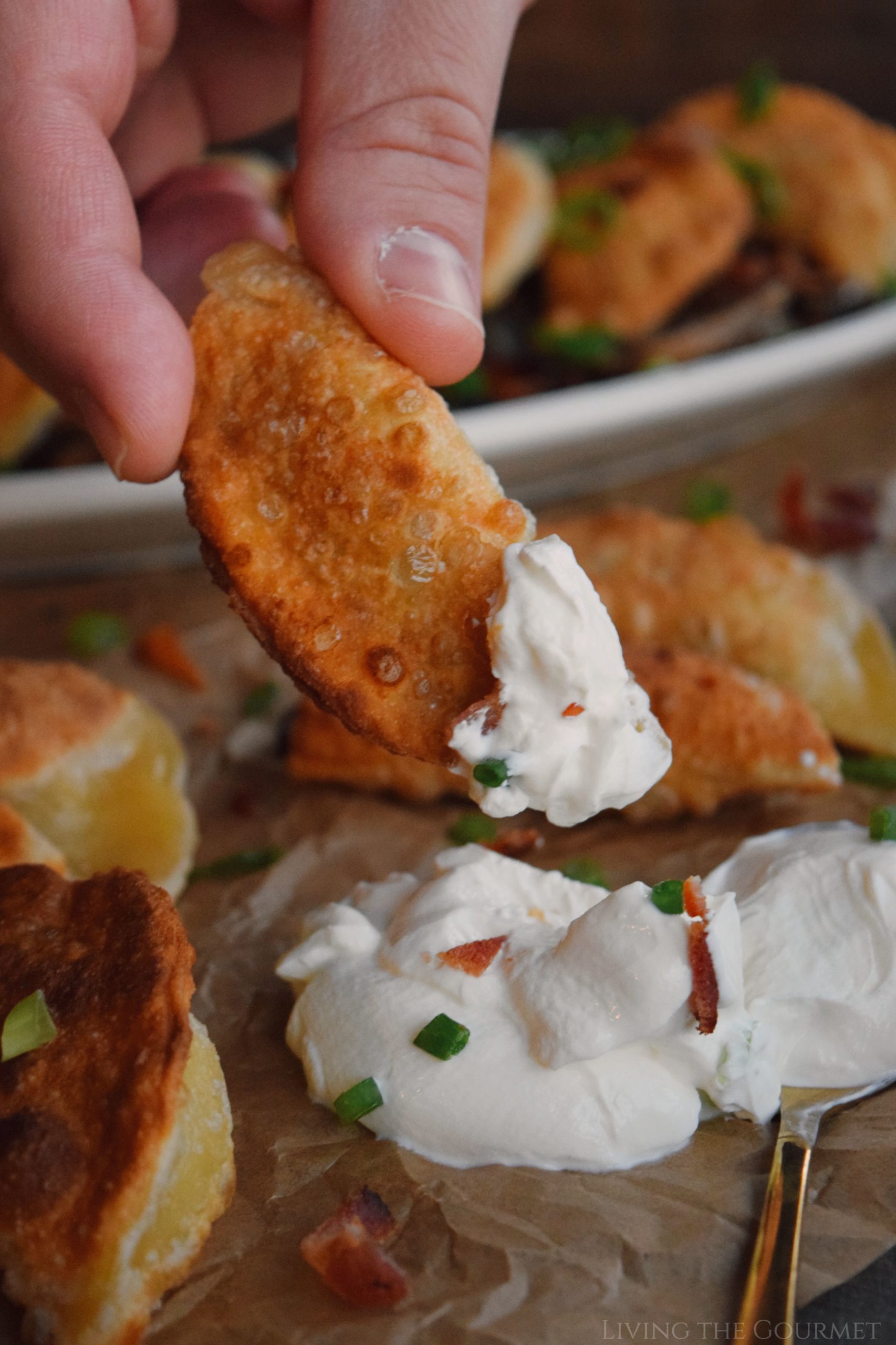
Ingredient Checklist for the Topping
- Sweet Onion. I'm using Vidalia, but standard sweet onions will work fine as well.
- Bacon. Fry the bacon up crisp, and then crumble it over the pierogis for added flare.
- Sour Cream. A dollop for presentation and dipping.
- Chives. These add a nice bit of color, but also play deliciously with the bacon and sour cream combo.
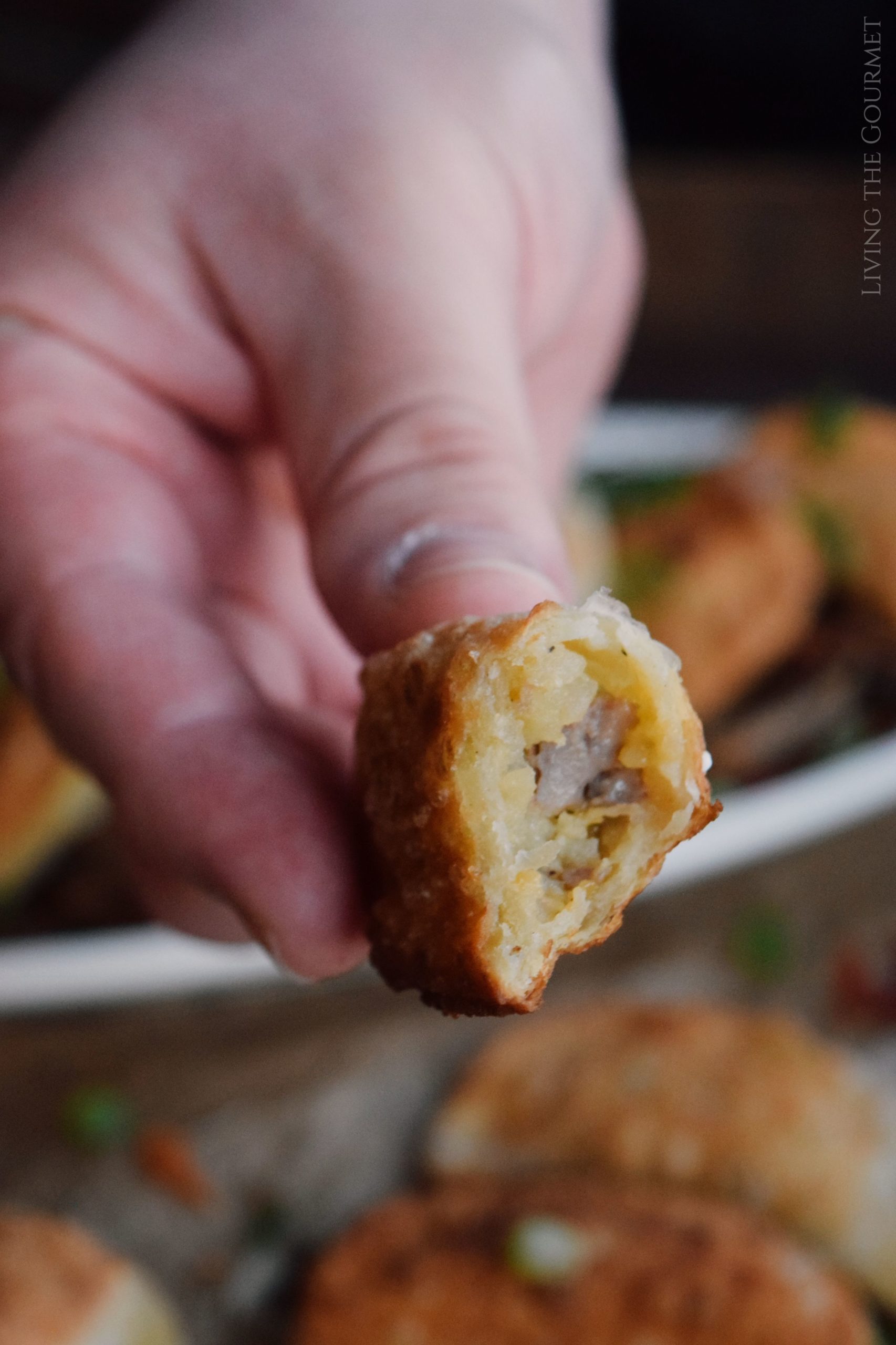

Cheesy Sauerkraut Pierogi
- Total Time: 35 minutes
- Yield: 2 dozen pierogi 1x
Ingredients
For the Pierogi Dough:
- 2 cups AP flour
- 1 teaspoon salt
- 1/2 cup sour cream or plain yogurt
- 1 large egg
- 4 tablespoons butter
For the Filling:
- 4 small russet potatoes, peeled and boiled
- 4 sweet sausage links
- 1 cup cheddar cheese, shredded
- 3 cloves garlic, minced
- 1/4 cup Libby's Crispy Sauerkraut
- 1/2 cup Libby's Sweet Peas
- 1 teaspoon salt
- 1 teaspoon pepper
Toppings:
- 1 large vidalia onion
- 4 strips bacon
- Sour cream
- Chives
Instructions
For the Pierogi Dough:
- In the bowl of a food processor, pulse together ingredients for the dough until it is slightly sticky and tacky. Turn out onto a lightly floured surface and knead until smooth. Shape in disk and wrap in clingfilm. Refrigerate until ready to use.
For the Filling & Making of Pierogis:
- In a large bowl, mash potatoes. Set aside.
- In a fry pan, sauté the sausage with the minced garlic until fully cooked. Add in sauerkraut, peas, salt and pepper. Continue cooking for about 5 minutes. Remove from the heat and add to the mashed potatoes along with the shredded cheese. Mix until fully incorporated.
- Once ready, turn the dough out on a lightly floured surface. Roll out until ¼-inch thick and use a 3-inch round glass or pastry cutter to cut out the rounds for the pierogi.
- Fill with about 1 teaspoon of filling and fold into a halfmoon shape. Gently but firmly seal the pierogi by pinching and squeezing the edges together. Continue with remaining dough and filling.
- Bring a large pot of water to a boil and add the pierogi no more than 6 or so at a time. You do not want to overcrowd them. Once the pierogi float to the top, they are done. Carefully drain them and place on a nonstick baking sheet until ready to fry.
- In a large pan, with a drizzle of olive oil, give the pierogis a quick fry on each side, until golden and a little crispy.
For Serving:
- In a fry pan, sauté a sweet onion until caramelized. Season with a pinch of salt and pepper. Once translucent and golden, set aside.
- In the same fry pan, cook the bacon strips. Drain on a paper towel lined plate.
- Once ready to serve, plate the pierogi with sautéed onions. Crumble the bacon strips on top along with the chives and a bowl of sour cream for dipping on the side.
Notes
Prep Time does NOT include Inactive Prep Time.
- Prep Time: 15 minutes
- Cook Time: 20 minutes
Nutrition
- Serving Size: 1
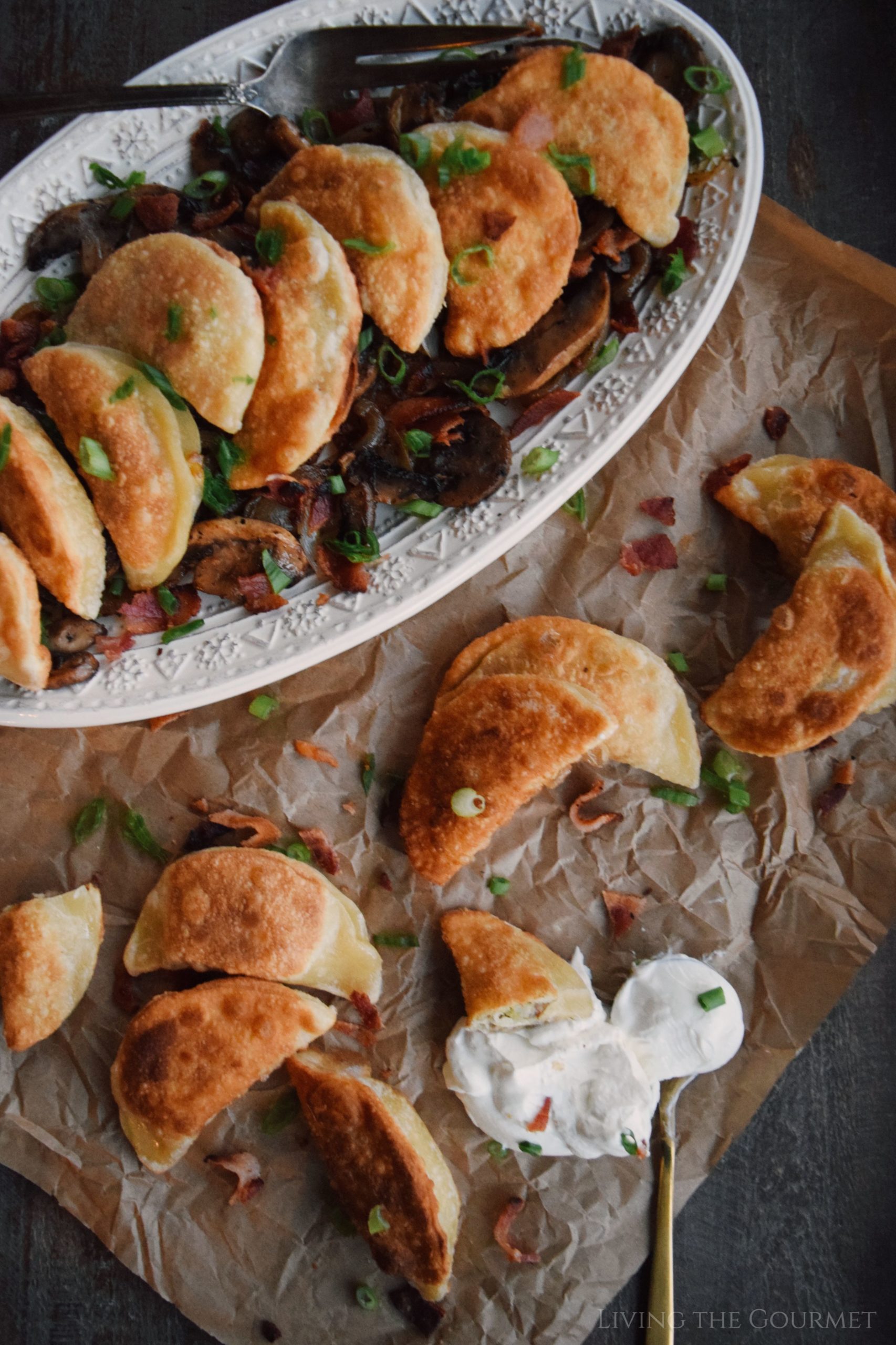

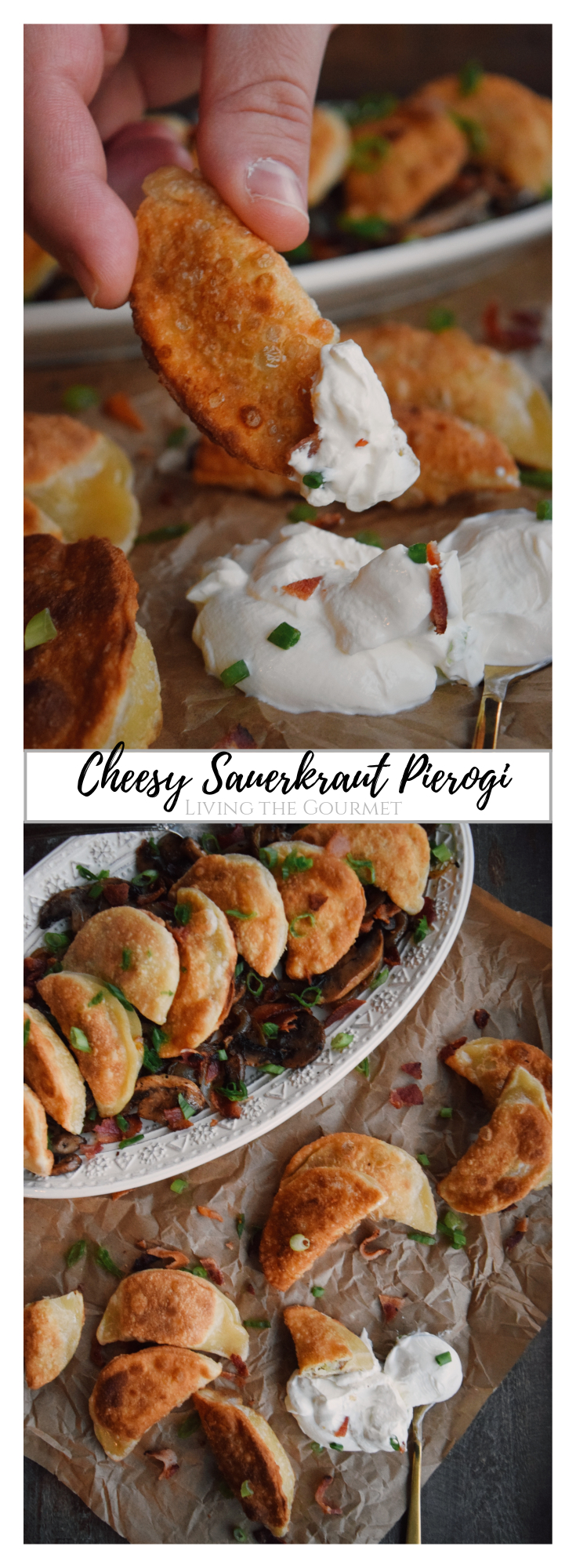
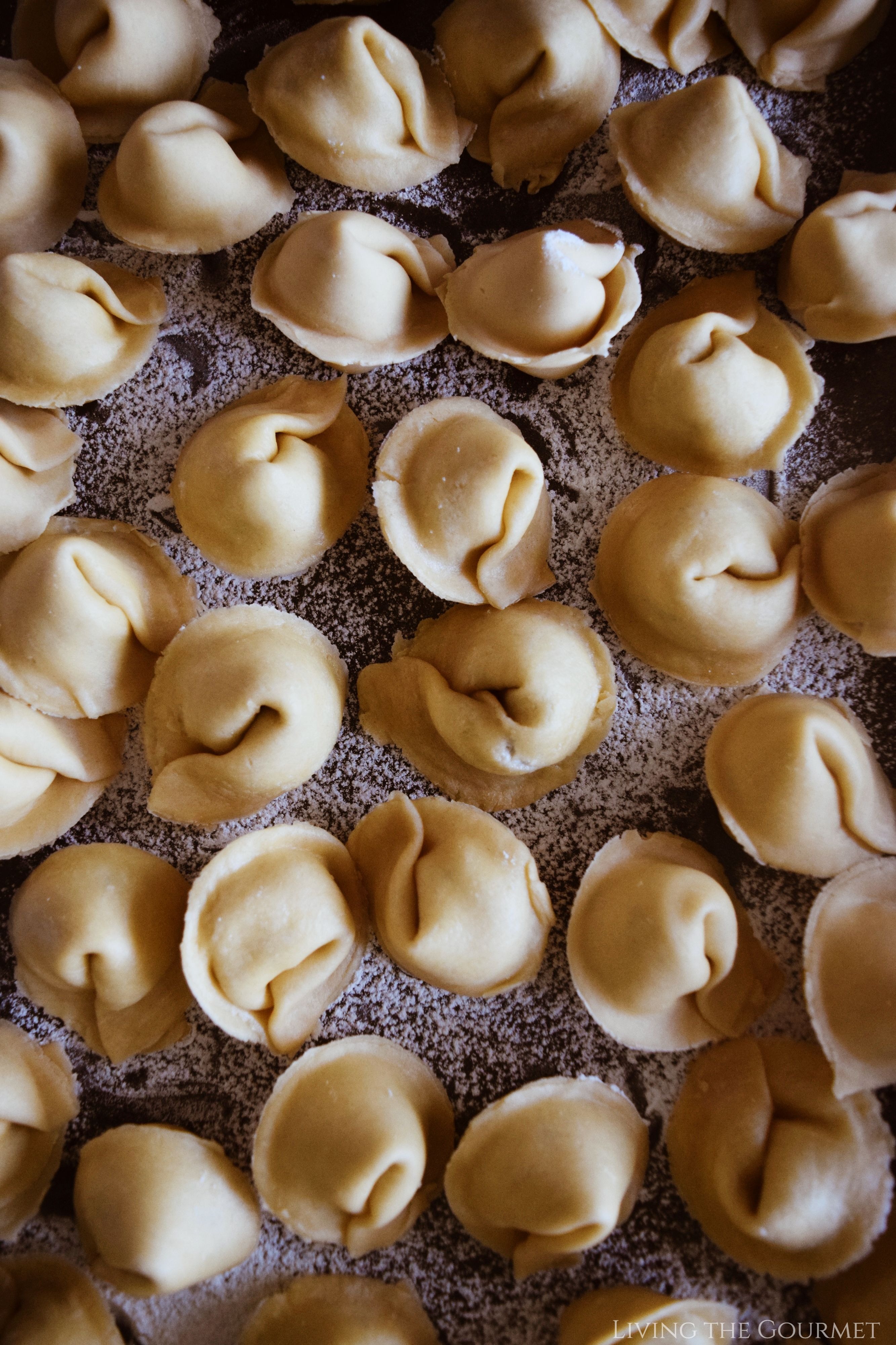
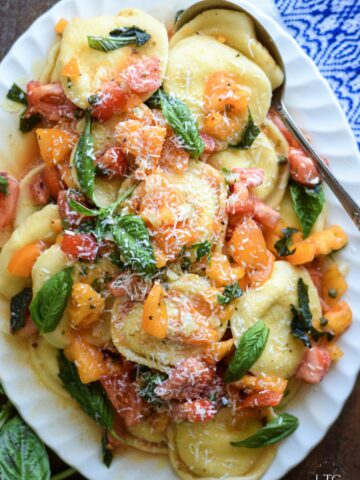
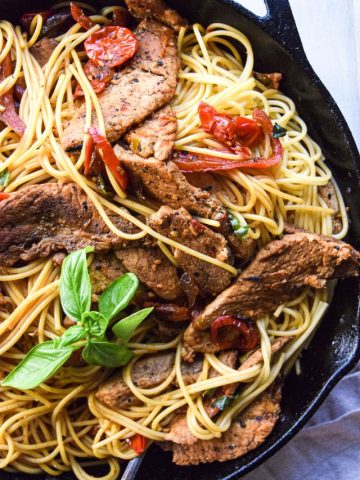
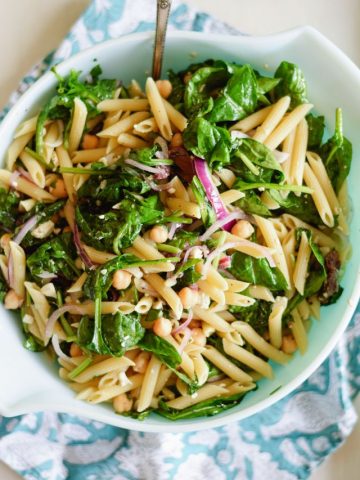
angiesrecipes says
They look so crisp and mouthwatering.
DAVID J MYERS says
Catherine, Your pierogis look great! We haven't had a decent pierogi since we moved to East Tennessee from Chicago... Have never tried making them at home though. Stay Safe and Take Care, Big Daddy Dave
Rahul Yadav says
Well these are just great, and I don't even like pierogi that much. They take a while to make, but I enjoyed the process.
Shelley says
Pierogies are a huge favorite at my house. But I have to confess, I have never made them from scratch myself. Looking at your yummy photos, I realized what we've been missing! Thank you for the clear instructions and tips so I can get them just right and as gorgeous as yours!
Marta says
I haven"t had good pierogis since I left NYC. These made me feel like I'd traveled back in time. Thanks for sharing.
jill says
These piergois were fantastic! We had a bottle of wine while we worked. Thanks for offering such easy to follow directions. We'll be making these again very soon!
Bernice Hill says
You are entirely correct. There is no 'right' way to make a perogy, or to spell it for that matter. I tend to go a bit more traditional and not include meat. However, I do LOVE mine with mashed potatoes and sauerkraut. It isn't too common to deep fry them here in Canada, though I have had them that way 'appetizer' style and they are excellent.
Amanda says
These pierogi are so delicious! The filling was so comforting, and the dough came out perfect. Will definitely make these pierogi again.
Jenny says
These pierogies are delicious! And easy, I will be making them again. Thanks so much for the great recipe!
Veronika says
My mom used to make similar pierogies when I was a child. They are so delicious and comforting, I need to make them again!
Elaine says
I love experimenting with recipes like this. Your recipe insructions seem really easy to follow, so I can't wait to give this recipe a try - yum!
Jacqueline Debono says
I've never made pierogi but they seem quite similar to ravioli which I make a lot. But, of course, ravioli aren't usually fried. These cheesy sauerkraut pierogi look really good, so crispy. On my to make list!
Jessica says
These had SO much flavor, and I'm going to make them again for a party that we're having, as an appetizer!
Gloria says
This Ukrainian girl loves pierogies. These look fantastic. Love the sauerkraut in this recipe. Baba and mom used to make deep-fried pierogies when I was a kid.
Helene says
My first time trying homemade pierogi, and they turned out fabulous. Thank you for the detailed instructions. It was helpful.
megane says
These pierogi are absolutely amazing. I could eat the whole lot and not share. Soooo good!
Veronika says
I made this recipe yesterday and these pierogi came out so delicious! Was very easy to make and I loved the flavors 😉
Ann says
I have never heard of these before, but wow do they sound amazing! I love every ingredient needed, especially the sauerkraut!
Bernice says
You're right, I think people in the US are more likely to deep fry perogies...and I've only ever seen it done a few times here in Canada. They look great though. I adore sauerkraut perogies and would likely just prefer a potato/sauerkraut filling.
Elaine says
The only problem I have with these is that I would probably not be able to stop LOL They must be yum!
Lauren Michael Harris says
I hadn't had pierogies in forever when I came across this recipe. Such a unique way to prepare them. We loved them. Will definitely make again soon!
Sharon says
These pierogi have a wonderful blend of flavors on the inside and the quick fry at the end before serving gives them a nice crispy texture.